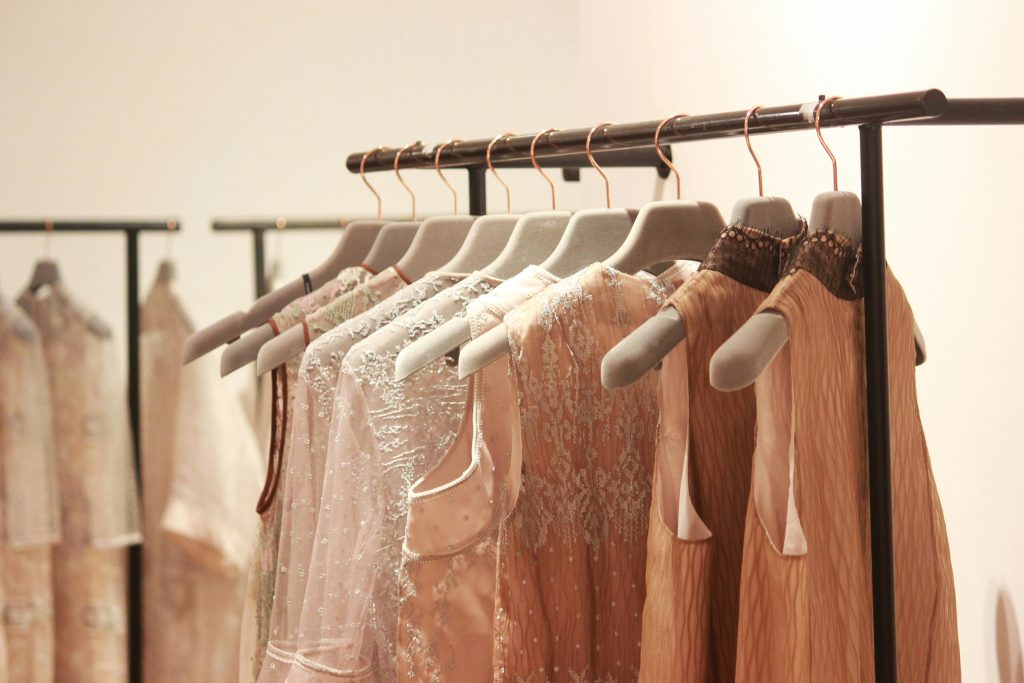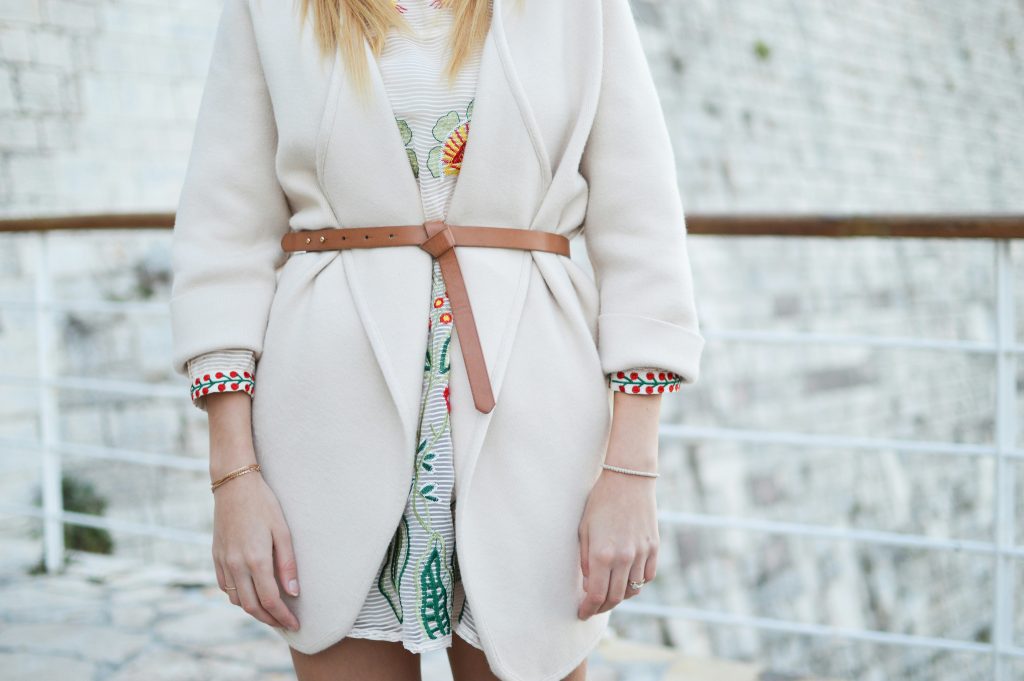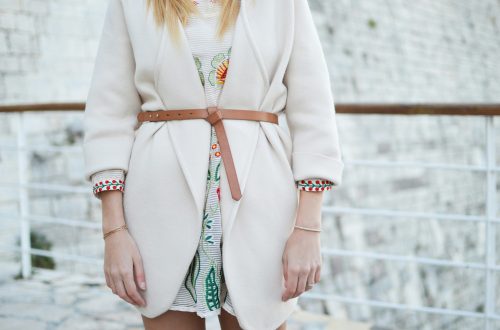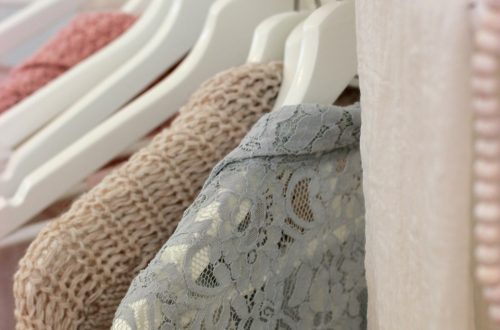
How To Transition Your Wardrobe From Summer To Fall: 7 Essential Tips
As the days grow shorter and the temperatures begin to drop, transitioning your wardrobe from summer to fall can seem like a daunting task. However, by starting with an assessment of your current wardrobe, you can streamline the process and make it more manageable. This initial step is crucial for identifying which pieces can be carried over into the cooler months and which items need to be stored away or replaced.

Begin by taking inventory of your closet. Pull out all of your summer clothes and lay them out where you can see everything clearly. Look for versatile items that can transition easily between seasons. For instance, lightweight sweaters, cardigans, and long-sleeve shirts are perfect for layering over summer dresses or pairing with skirts and shorts as the weather cools down. Similarly, neutral-toned tank tops and t-shirts can serve as base layers under jackets or blazers.
Next, assess the condition of each item. Check for any wear and tear that may have occurred during the summer months. Items that are stained or damaged beyond repair should be discarded or repurposed. This is also a good opportunity to identify any gaps in your wardrobe that need to be filled—perhaps you need a new pair of boots or a cozy scarf.
Finally, consider color palettes when evaluating what will transition well into fall. Earthy tones like browns, oranges, and deep greens are quintessential autumn colors that complement many existing pieces in most wardrobes. By thoughtfully assessing what you already own before making any new purchases, you set yourself up for a seamless transition from summer’s breezy style to fall’s cozy elegance.
Layering Essentials
Transitioning your wardrobe from summer to fall involves a strategic approach to layering, ensuring you stay warm without sacrificing style. Layering is the key to navigating fluctuating temperatures that characterize the early days of autumn. Begin with lightweight base layers; think cotton or moisture-wicking fabrics that can easily be paired with heavier pieces. These foundational garments, such as fitted tees or long-sleeve tops, provide comfort and flexibility.
Next, introduce mid-layers like cardigans, denim jackets, and light sweaters. These pieces add warmth and can be effortlessly removed if the afternoon sun makes an appearance. Opt for neutral colors or timeless patterns like stripes and checks to create a versatile wardrobe palette that allows for endless combinations.
Outer layers are essential as temperatures begin to drop more significantly in the evenings. Trench coats, leather jackets, or wool blazers serve not only as functional elements but also elevate your overall look with their structured silhouettes and rich textures. Invest in quality outerwear that complements various outfits in your fall collection.
Scarves and shawls are invaluable accessories during this transition period. They offer an additional layer of warmth around your neck and shoulders while adding a pop of color or texture to your ensemble.
Finally, don’t forget about footwear: swap out sandals for ankle boots or loafers that complement layered outfits while providing necessary coverage against cooler weather.
By thoughtfully combining these layering essentials, you can seamlessly transition from summer’s heat to fall’s crisp breezes without compromising on style or comfort.
Incorporating Fall Colors
As the vibrant days of summer give way to the crisp allure of fall, one of the most transformative aspects of your wardrobe transition is incorporating fall colors. The rich hues synonymous with autumn not only echo the natural changes in the environment but also bring warmth and depth to your ensemble.
Transitioning from summer’s bright pastels and bold neons to fall’s deeper palette can be seamless if approached thoughtfully. Start by gradually introducing shades like burnt orange, mustard yellow, deep burgundy, forest green, and navy blue into your outfits. These colors are evocative of autumn leaves, harvests, and twilight skies—perfectly encapsulating the essence of fall.
Consider layering as a strategy to blend summer staples with fall tones. A lightweight dress in a neutral color can be paired with a rust-colored cardigan or an olive-green jacket. Accessories also play a pivotal role; scarves in rich maroons or deep browns can instantly add an autumnal touch without requiring a complete wardrobe overhaul.
Moreover, don’t shy away from experimenting with textures that complement these colors. Fabrics like wool, suede, and tweed not only provide warmth but also enrich your look with tactile interest. A mustard-yellow suede handbag or a pair of burgundy leather boots can act as statement pieces that draw attention while grounding your outfit in seasonal style.
Lastly, remember that balance is key. Aim for harmony between color intensity and outfit composition to avoid overwhelming your look. By thoughtfully incorporating fall colors into your wardrobe, you can smoothly transition into this enchanting season while staying stylishly ahead of the curve.

Choosing The Right Fabrics
As the vibrant warmth of summer gives way to the crisp coolness of fall, selecting the right fabrics becomes crucial in ensuring a smooth and stylish transition for your wardrobe. The key lies in balancing comfort with practicality, while embracing textures that reflect the changing season. First and foremost, consider incorporating layers made from natural fibers such as wool, cotton, and cashmere.
Wool is an excellent insulator, providing warmth without excessive bulk. It’s ideal for sweaters and coats that can be easily layered over lighter summer pieces. Cotton remains a versatile staple; opt for heavier weaves like twill or corduroy that offer more insulation compared to their lightweight summer counterparts. Cashmere, though more luxurious, offers unparalleled softness and warmth perfect for those brisk autumn days.
In addition to natural fibers, blends are another excellent choice. Fabrics that combine natural fibers with synthetics such as polyester or acrylic can offer durability and stretch while maintaining a cozy feel. These blends are particularly useful for transitional outerwear and knitwear. Textures also play a significant role in transitioning your wardrobe from summer to fall. Embrace rich textures like knits and tweeds which not only provide warmth but also add visual interest to your outfits.
These materials evoke the essence of fall, bringing depth and character to your attire. Lastly, don’t forget about breathable fabrics. Fall weather can be unpredictable with fluctuating temperatures; therefore, materials like jersey or lightweight merino wool allow your skin to breathe during warmer afternoons while still providing sufficient coverage as temperatures drop in the evening.
Transition Footwear
Transitioning your wardrobe from summer to fall involves more than just adding layers and swapping out bright colors for deeper hues. One crucial aspect that often gets overlooked is footwear. As the temperatures drop and the leaves start to change, it’s essential to ensure your shoes are both stylish and practical for the season.
Start by gradually introducing ankle boots into your outfits. These versatile shoes can be paired with a wide range of clothing items, from dresses to jeans, making them perfect for this transitional period. Opt for materials like suede or leather that not only provide warmth but also add texture to your ensemble. Neutral tones such as black, brown, or taupe are excellent choices as they blend seamlessly with most autumn palettes.
Another great option is loafers or slip-on sneakers. These can easily replace summer sandals while still offering comfort and ease of wear. Look for designs with richer colors and sturdier materials that reflect the season’s vibe without sacrificing comfort.
Don’t forget about weather considerations either; fall often brings unpredictable showers. Waterproof boots or shoes treated with a water-resistant spray can save you from soggy feet on those unexpectedly rainy days.
Lastly, consider incorporating layered socks into your footwear choices. Not only do they keep you warm, but they also add a fun element of style when peeking out above ankle boots or beneath cropped pants.
By thoughtfully selecting transitional footwear, you’ll not only stay comfortable as the seasons change but also step confidently into fall fashionably prepared for whatever comes your way.
Accessorizing For Fall
As the vibrant hues of summer give way to the rich tones of fall, accessorizing becomes a key player in transitioning your wardrobe seamlessly between seasons. Accessories not only enhance your style but also add practical elements to keep you comfortable as the temperatures drop. One of the simplest yet most effective ways to usher in autumn is by introducing scarves into your daily outfits.
Opt for materials like wool or cashmere in earthy shades or plaids, which can be effortlessly draped over a light jacket or sweater. Scarves are versatile; they provide warmth and can be styled in numerous ways, from loosely hanging around your neck to being tied snugly for added insulation. Hats are another accessory that can make a significant impact. Felt fedoras or wool berets not only elevate your look but also offer an extra layer of warmth against the crisp fall breeze.
If you’re looking to make more of a statement, consider wide-brimmed hats that add both flair and function. Belts can also play a pivotal role during this transitional period. Swap out lightweight summer belts for thicker, textured versions in leather or suede. These belts can cinch oversized sweaters at the waist, adding structure and definition while maintaining comfort. Jewelry should transition as well—think about incorporating pieces with deeper hues and more substantial designs.
Chunky necklaces, layered bracelets, and statement rings in golds, bronzes, and darker stones complement fall’s rich color palette perfectly. Lastly, don’t underestimate the power of footwear when accessorizing for fall.



